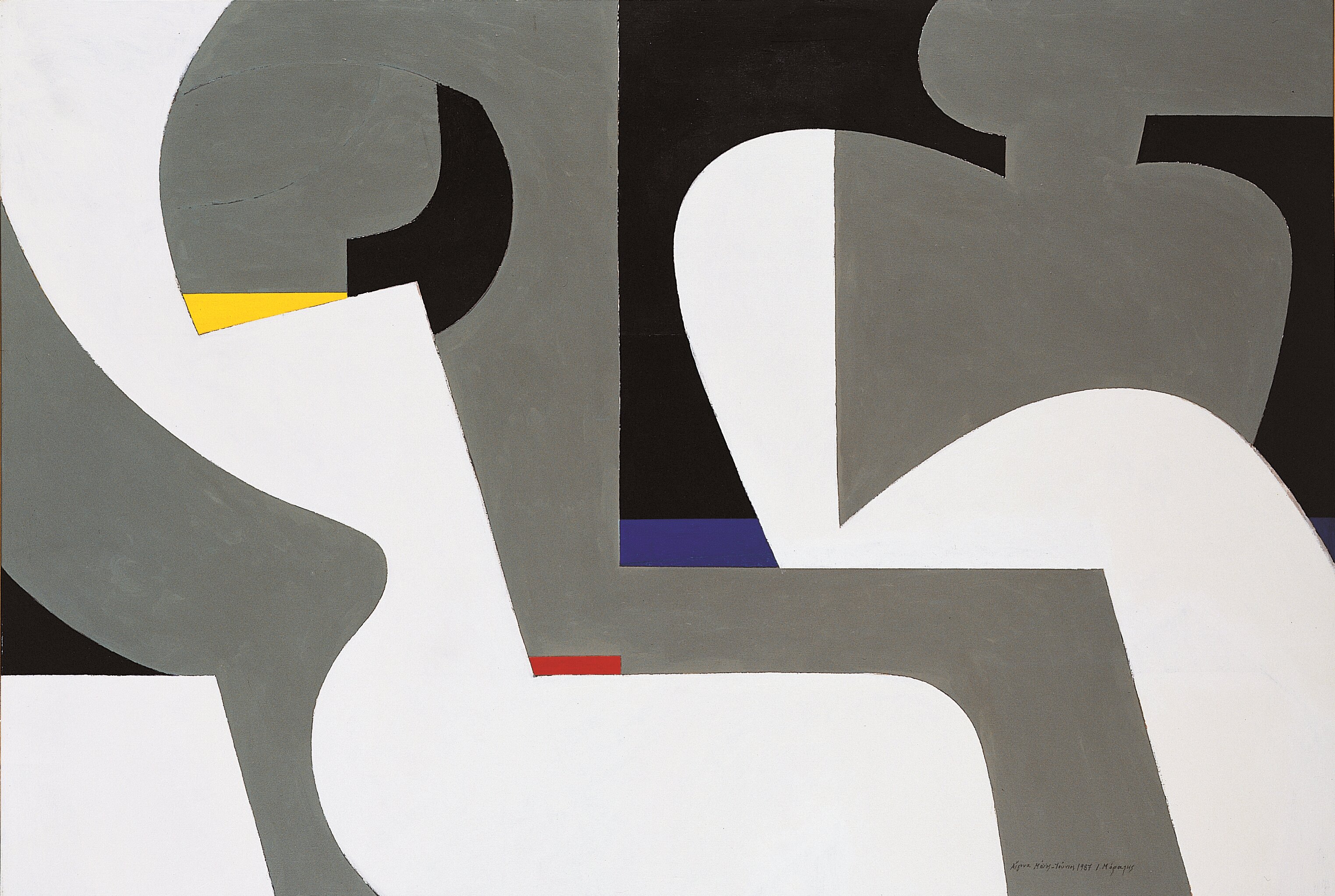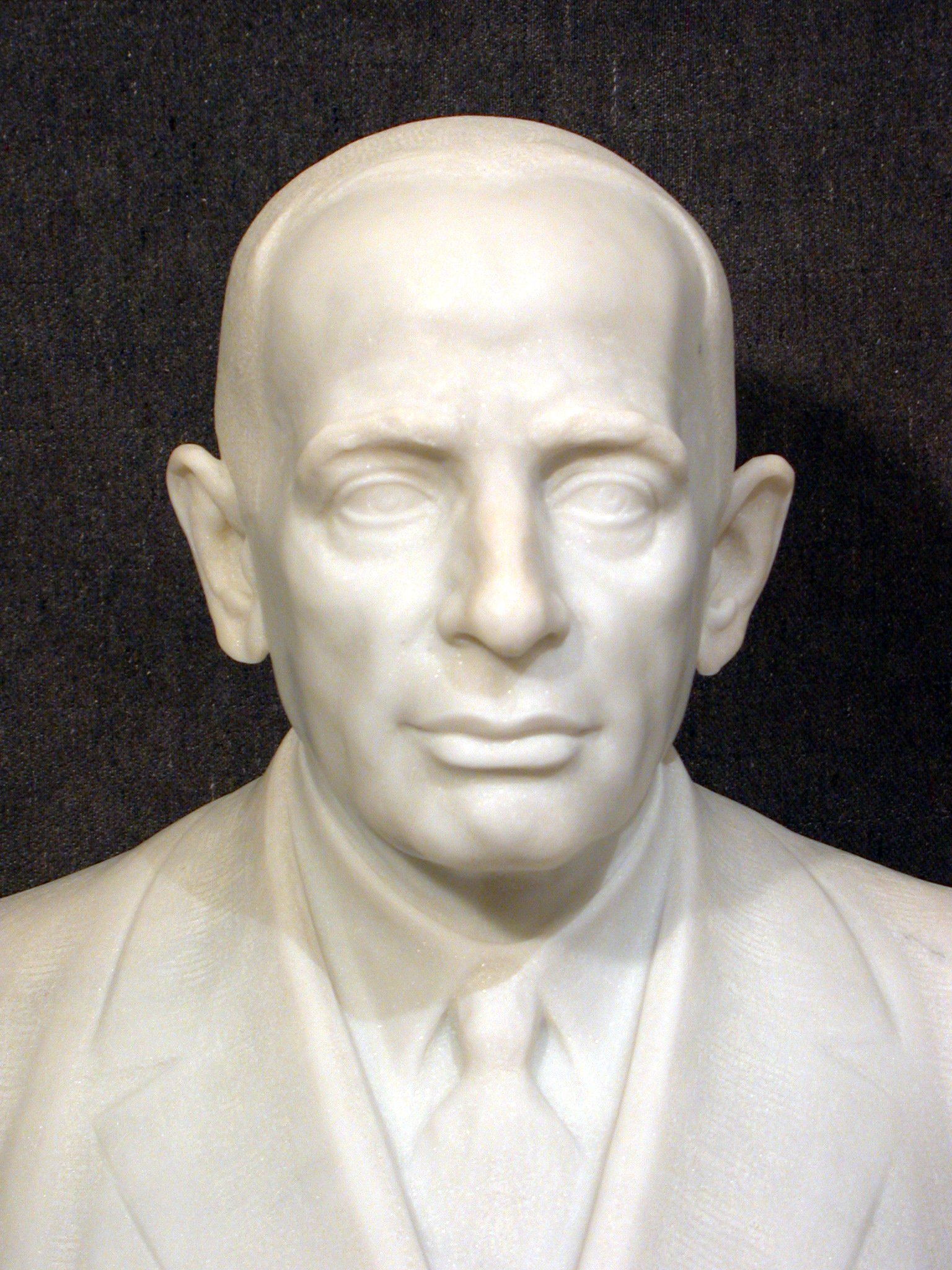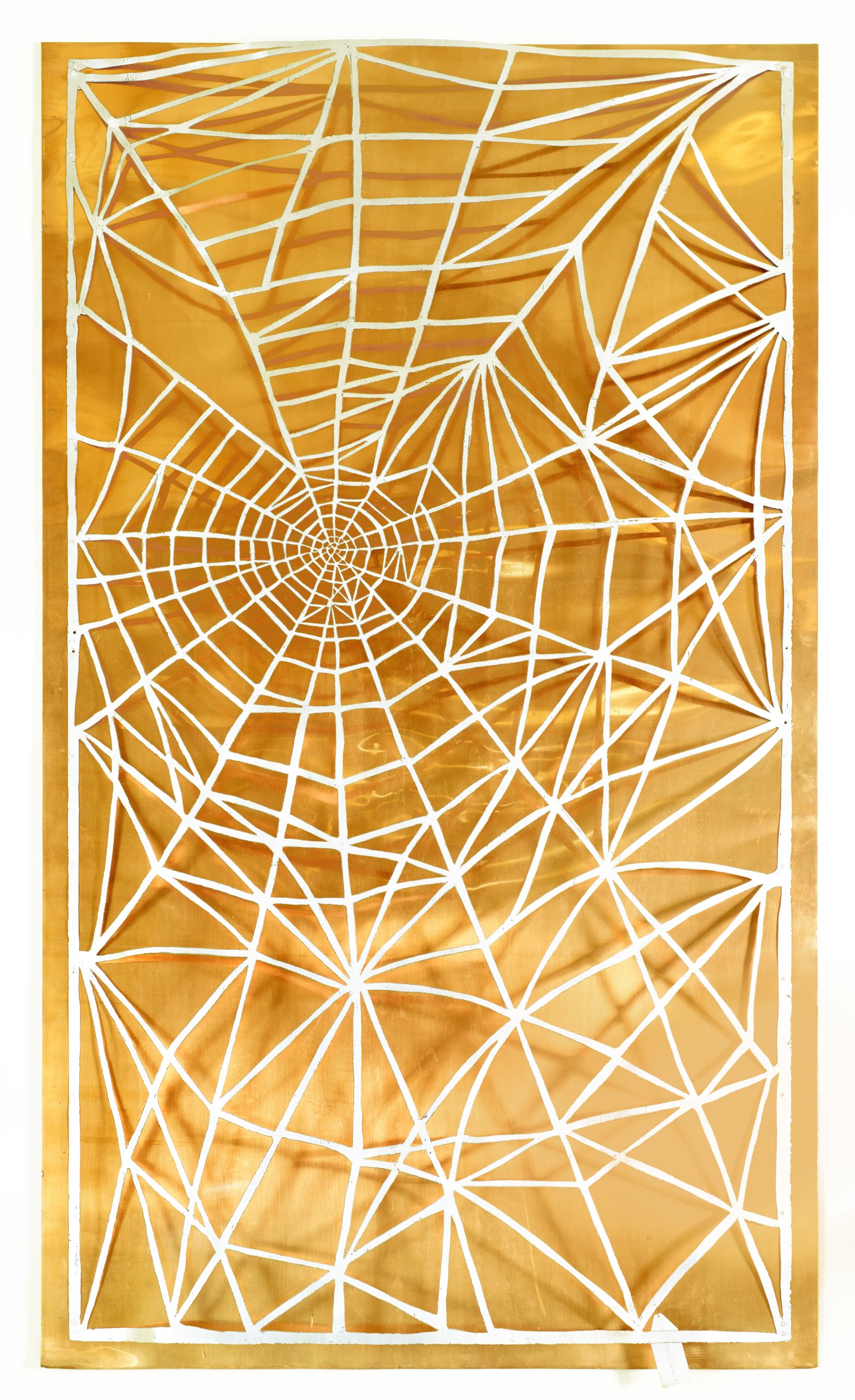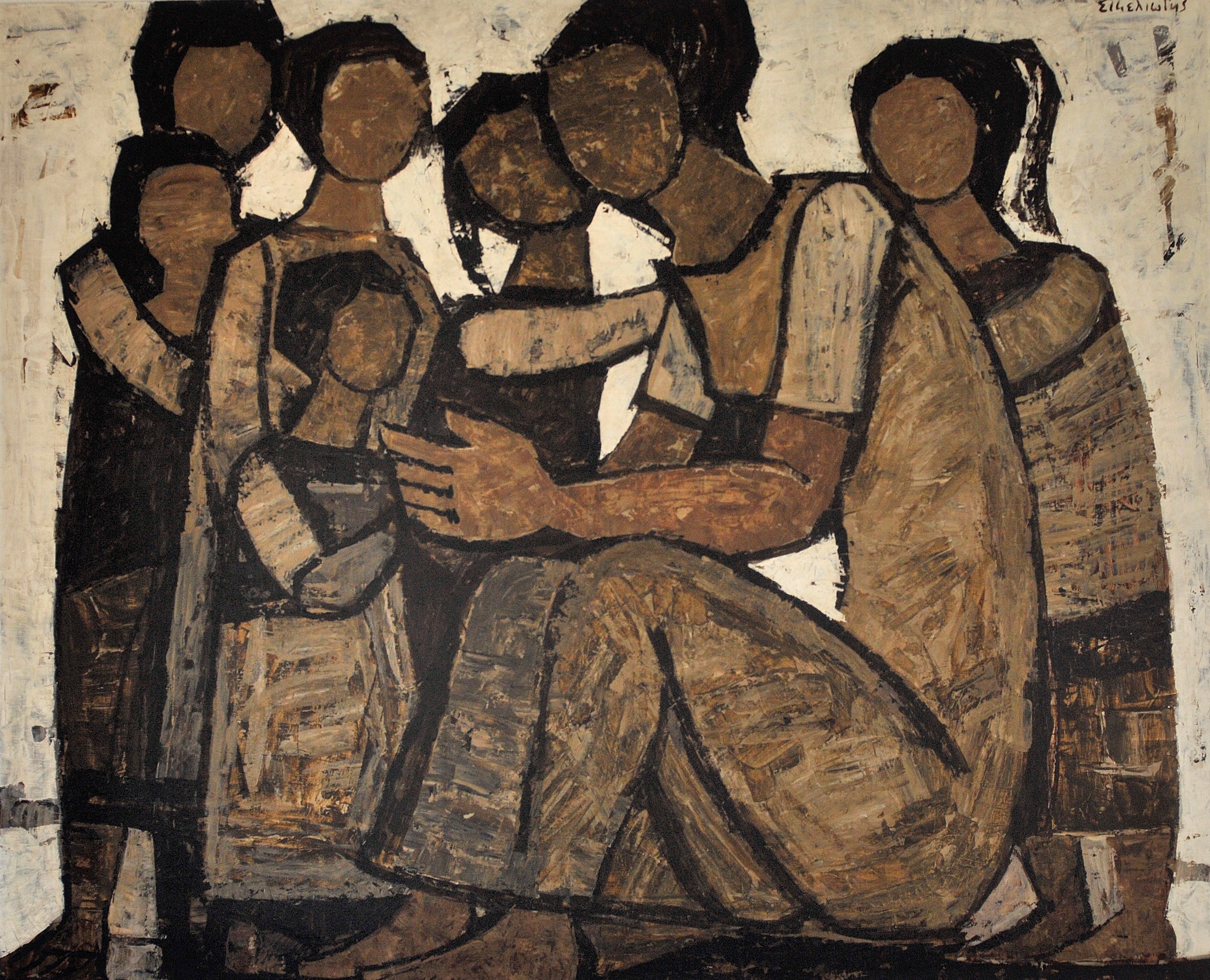Yiannis Moralis, Dialogue
The painting Dialogue is an abstract composition, part of Yiannis Moralis’ later works. It reflects the artist’s evolution from realistic to abstractive representation. The painting is a typical sample of Moralis’ personal idiom, which deconstructs human forms, turning them into shapes. Yiannis Moralis had a decisive impact on modern-Greek art through his work and teaching.
An abstractive conversation
The painting Dialogue by Yiannis Moralis depicts 2 abstract human forms, sitting across each other at a table, having a conversation. The 2 silhouettes have:
- Esoteric monumentality
- Austerity and clarity
- Form fullness
- Colour esotery
These attributes solidify the importance of the painting.
Shapes debating with colours
The Dialogue, as in almost all the artist’s pieces from this period, feature:
- Acute-angled and rounded shapes
- Warm and cool colours
- Biomorphic and geometric traits
The juxtaposition of grey, black and white, lights up the entire length of the painted surface.
To avoid colour monotony, the artist adds tiny surfaces to the composition, painting them in red, yellow and blue.
A work of artistic maturity
The painting Dialogue is part of Yiannis Moralis’ later works. It is a typical sample of the painter’s artistic development after the large series of works titled “Epithalamia” (1969-1970).
In 1987, when the painting was composed, Moralis’ personal and recognisable form-shaping idiom had fully developed. The artist started deconstructing human forms and turning them into austere, geometric shapes. He gradually imposed shapes and enhanced the role of colour. His work was then dominated by the tendency to retain the essential representation.
His life in a nutshell
Yiannis Moralis (1916-2009) was born in Arta. He studied Painting and Printmaking at the Athens School of Fine Arts (1931-1936). There, he attended the workshops of Konstantinos Parthenis and Umberto Argyros. In 1933 he took lessons at Jean Kefalinos’ engraving workshop.
He continued his studies at the École Nationale Supérieure des Beaux-Arts in Paris (1937-1939). There he studied Painting under Charles Guerin and Murals under Ducos de l’ Haille. At the same time, he attended mosaic classes at the École des Arts et Métiers. He returned to Greece at the start of WWII and joined the army.
In 1947 he was appointed full professor at the preparatory department of the Athens School of Fine Arts. 10 years later he was appointed full professor of Painting, where he remained until 1983.
A prolific artist
Moralis’ work spans 6 decades. During this time, other than painting he also worked in ceramic art, illustrations and scenography.
He created paintings, scene sets, costumes, engravings, book and magazine illustrations, posters, pottery, architectural applications, etc.
In addition, he worked with the National Theatre, the Hellenic Choreodrama and the Karolos Koun Art Theatre.
Constant experimentation
The artist found himself in constant experimentation. He completed numerous sketches and studies related to the use of colour. His goal was to arrive at a final result that, on the one hand, was satisfactory to him and, on the other hand, served the purposes of the composition. In other words, he wanted to create a piece that would be in conciliation with the audience.
There was no differentiation between the function of his paintings and his applications. Moralis worked in the same fashion to complete a painting as he did for a large mural. He applied similar experimentations and continuous research to come up with the best aesthetic solutions.
A recognised artist
Moralis is considered one of the most important painters of the post-war generation. He had a significant impact on post-war art in Greece, both with his work and his teaching.
He received numerous accolades, such as the bronze medal in the Panhellenic Art Exhibition of 1940 and the gold medal at the International Craft Fair in Munich (1973). He was also appointed regular member of the International Institute of Letters and Arts (1962), was awarded the Commander of the Order of the Phoenix (1979) and the Excellence Award for Letters and Arts by the Academy of Athens (1979).
He participated in group and international exhibitions, the most important being the Venice Biennale (1958) and the Biennale Internationale de la tapisserie (1965, 1972) in Lausanne.
In 1988 a retrospective exhibition of his works was held at the National Gallery. In 1996 the Academy of Athens organised an exhibition in his honour.
Yiannis Moralis at Alpha Bank
The Alpha Bank Art Collection includes other works by Yiannis Moralis, such as:
- The wall composition Untitled, which hangs at the Alpha Bank central branch in the centre of Athens.
- The painting Young Woman.
The work of art in our publications
The piece Dialogue by Yiannis Moralis is referenced in the Alpha Bank publication The Alpha Bank Collection. Paintings – Prints – Sculptures, edited by Irene Orati. The publication accompanied the same-titled exhibition held at the Benaki Museum in 2005.
Buy the publication The Alpha Bank Collection. Paintings – Prints – Sculpture (only available in Greek) on the Alpha Bank e-shop.
In other literature
The painting Dialogue is also referenced in:
- The catalogue of Yiannis Moralis’ 3rd solo exhibition, at the Iolas-Zoumboulakis Gallery in 1992.
- The Sima magazine, v.7, March-April 1992
- The book Moralis by Chrysanthos Christou, 1993
The Alpha Bank Art Collection is not open to the public.
You can visit it by appointment. Contact us to book your visit.






